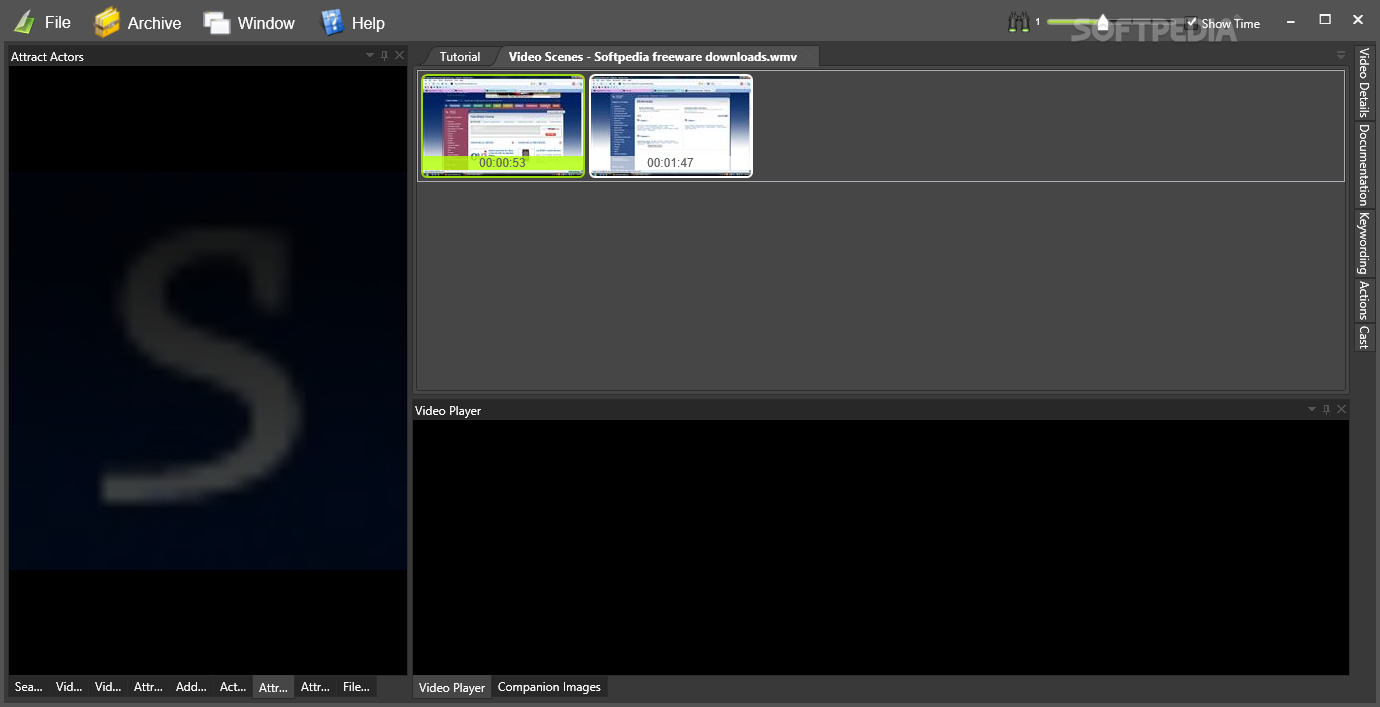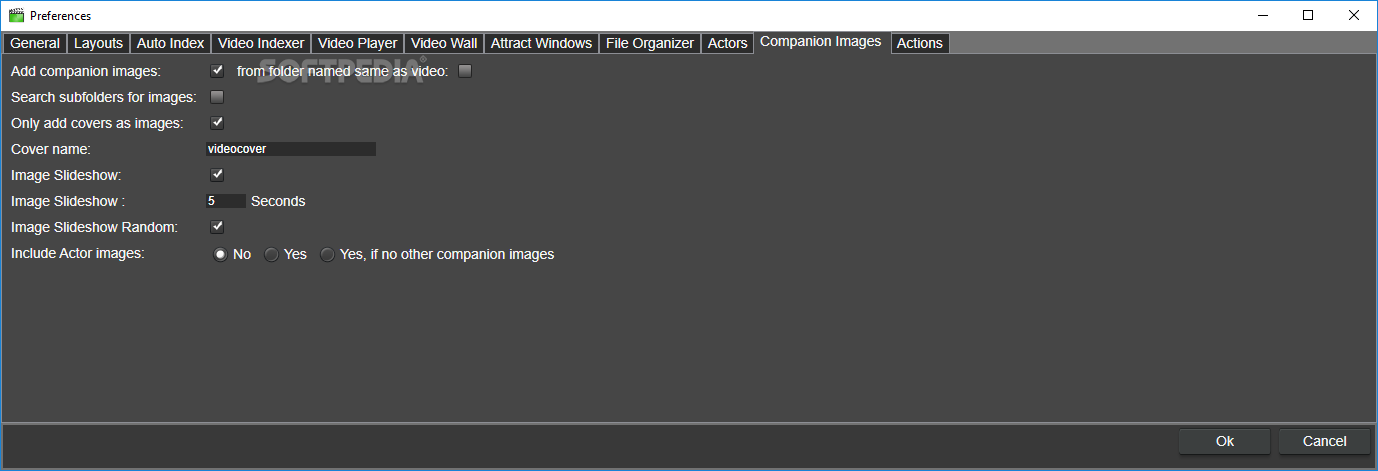

String filename = target_folder + image_no.ToString() + ".jpg" Scripting.GetConsole().WriteLine( ex.Message ) ĭictionary thumbnails = service.GetThumbnailsForVideo(video_id, true ) įoreach (KeyValuePair thumbnail_entry in thumbnails )īyte image_data = thumbnail_ Target_folder = target_folder.Substring(0, path_end+1) ĭirectoryInfo info = Directory.CreateDirectory(target_folder) Int path_end = target_folder.LastIndexOf('\\') String target_folder = video_file_entry.FilePath Var video_file_entry = service.GetVideoFileEntry(video_id) List selected = selection.GetSelectedVideos() ISelection selection = scripting.GetSelection() Var service = scripting.GetVideoCatalogService() Static public void Run(IScripting scripting, string arguments) Using VideoCataloger.RemoteCatalogService We get all the thumbnails and only need to go through them all, generate a filename and call System.IO.File.WriteAllBytes(filename, image_data)

Then we get all the thumbnails for the selected video by calling GetThumbnailsForVideo(video_id, true ) This example shows how to export out all thumbnails for the currently selected videos as files.įor each video we create a foder called thumbnails in the same folder as the video file. This is a good example of where the scripting support in Fast video cataloger can help, and it is really easy. This is fast and easy if its a single thumbnail you want to save but it will be very time consuming if you want to save all thubmnails for a video, or for several videos. You can easily just right click the thumbnail and select “save as”. Sometimes you need a video thumbnail for use outside of Fast video cataloger.


 0 kommentar(er)
0 kommentar(er)
